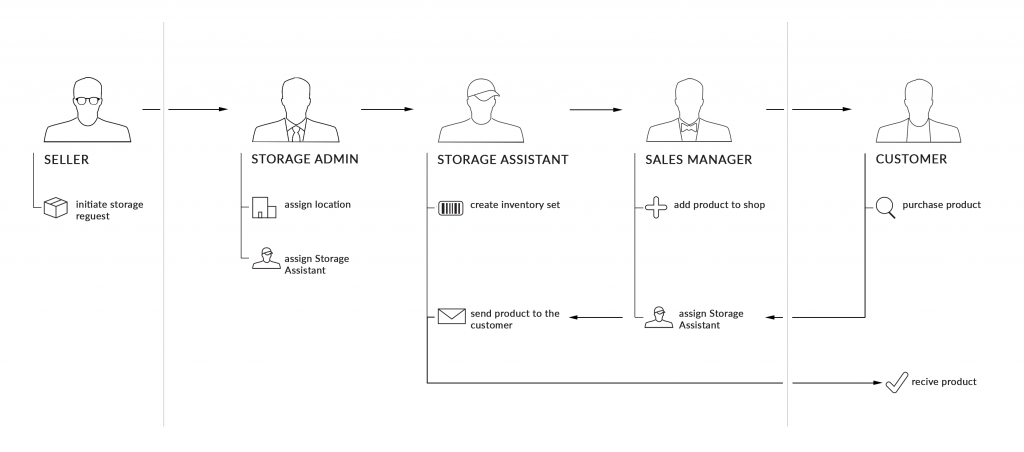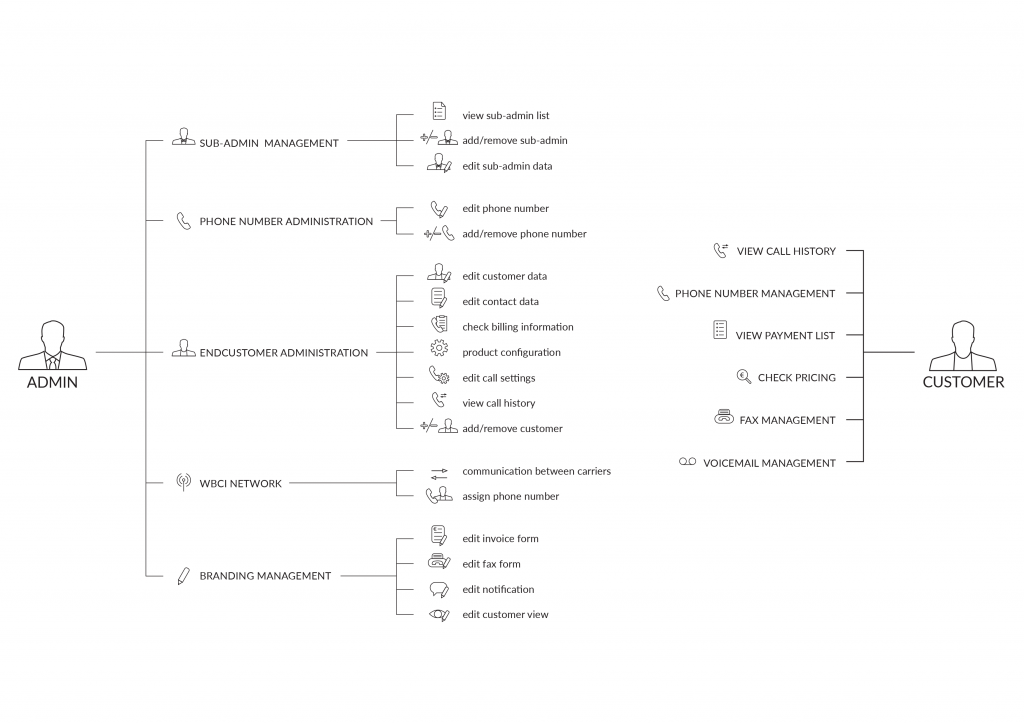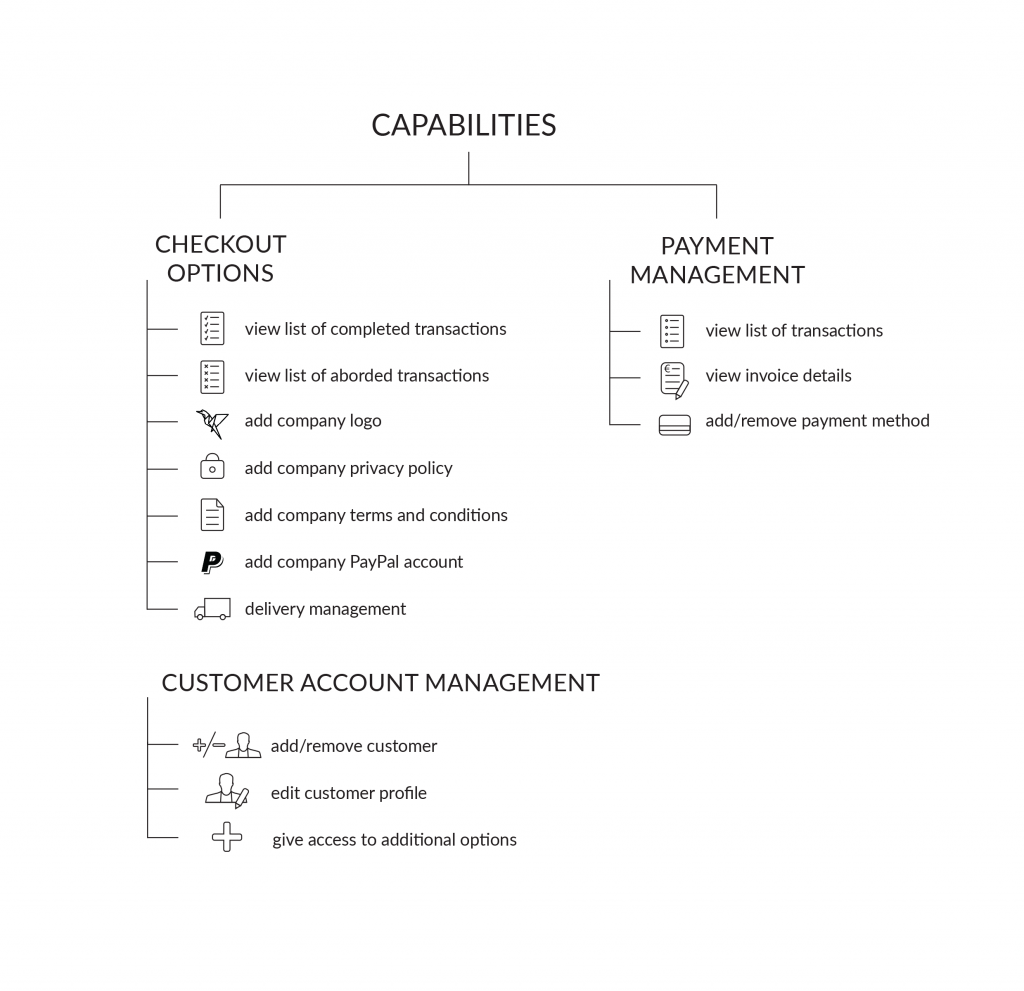Mobile application for patients with diabetes
Our mobile application, available for both Android and iOS, is designed to support patients with diabetes in managing their condition effectively. Key features include seamless Bluetooth integration with a range of devices such as insulin pumps, glucometers (BGM), and the Dexcom G6™ Continuous Glucose Monitoring (CGM) system. The Dexcom G6™ enables continuous blood glucose monitoring via a discreet skin patch.
Core Features:
- Comprehensive Monitoring: A user-friendly dashboard displays critical health information, supported by a detailed logbook and robust statistical analysis.
- Data Export: Users can export their data in PDF or CSV formats for easy sharing and review.
- Cloud Backup: Optional online account creation allows for secure data backup, accessible by healthcare providers through dedicated software.
Technical Specifications:
- Development Framework: The app is built using Xamarin Native, ensuring shared logic and high-performance native user interfaces for both Android and iOS platforms.
- Project Scale: Development has been ongoing for several years, resulting in a sophisticated application comprising approximately 70 sub-projects and over 1.3 million lines of C#/.NET code.
This application represents a comprehensive tool for diabetes management, leveraging advanced technology to improve patient outcomes and streamline the monitoring process.
Bakery oven management software
Baking Oven Management Software Project
Overview:
Our client, a leading manufacturer of baking ovens, required enhancements and optimizations for their existing oven management software. We joined the team to refine the product and develop new features to improve functionality and performance.
Challenge:
The primary focus was to optimize the existing oven management software and develop new capabilities. The device operates on a Debian 9 Stretch environment, utilizing MQTT and REST standards for local and external communication. The core application is written in C++14, with QT and QML used for the graphical user interface.
Solution:
Our approach included:
- Precise Documentation: Every change is meticulously documented, and we continuously discuss potential solutions and upgrades.
- System Upgrades: Plans are in place to upgrade to Debian 10, implement the swagger-generator for REST server generation, and utilize the YOCTO project.
- Agile Improvement: Enhancing our agile teamwork practices and increasing code coverage with comprehensive testing.
Future Plans:
- Multi-Oven Support: Developing functionality to support and control multiple oven types simultaneously.
- Mobile Integration: Expanding control capabilities to mobile devices for increased flexibility and convenience.
With these enhancements and future plans, we aim to deliver a state-of-the-art oven management system that meets our client’s evolving needs and industry standards.
Application for producing refractory goods
Refractory Products Industry Application Development
Overview:
Our client in the refractory products industry required a robust system to manage their diverse operational sectors efficiently. The solution needed to meet high-performance standards and seamlessly integrate with their day-to-day operations.
Challenge:
From the outset, we recognized the necessity of developing a system capable of handling the complexities of multiple sectors while maintaining optimal performance and reliability.
Solution:
To meet these requirements, we implemented the following technologies:
- Database: PostgreSQL for its reliability and scalability.
- Backend: Kotlin with Spring and Hibernate, utilizing our custom libraries for managing data transfer scopes and generating endpoint services for the front-end.
- Frontend: Angular 11 with TypeScript 4.0.5, providing a dynamic and responsive single-page application (SPA) interface.
These tools enabled us to create a reliable and scalable system tailored to our client’s specific needs. The project began with a thorough planning phase, resulting in detailed process diagrams, front-end mock-ups, and database entity-relationship diagrams to guide development.
Ongoing Development:
Despite numerous challenges as the project evolves, our foundation of robust, well-documented technologies, combined with a dedicated team of developers, ensures we deliver cutting-edge solutions. This strong foundation supports ongoing growth and adaptation to meet our client’s future needs.
Software Cluster for Big Data Application
Big Data Application Software for Measurement Data Management, Analytics, and Visualization
Overview:
We developed software tailored for companies specializing in the management, analytics, and visualization of measurement data, enabling them to efficiently run big data applications.
Challenge:
The key challenge was to optimize cluster deployment and startup processes, while ensuring continuous operation in the event of a master node failure.
Solution:
To streamline cluster management across all nodes, we implemented a dynamic role assignment feature allowing nodes to take over as master or slave as needed. This innovation eliminated the necessity for multiple deployments across different OS environments within the network, ensuring seamless master node recovery in case of failure.
Key components of our solution include:
- Administration Tool: This tool facilitates all management functions, including master node assignment and proxy configurations for secure networks where certain nodes are not accessible remotely.
- Star Topology Implementation: The cluster is designed in a star topology, optimized through load-balancing strategies and efficient deployment mechanisms to ensure high performance.
Our approach has been validated by our customer, confirming the solution’s excellent performance and reliability.
Future Enhancements: We are committed to further enhancing the system’s capabilities to support evolving customer needs and technological advancements.
With these improvements, our software provides robust, scalable, and high-performance solutions for big data applications in the measurement data management, analytics, and visualization sectors.
Distributed file system for measurement data processing
Distributed File System for Measurement Data Management, Analytics, and Visualization
Overview:
For companies focused on the management, analytics, and visualization of measurement data, we developed a distributed file system optimized for high-performance data access.
Challenge:
The primary challenge was to facilitate high-performance access to large volumes of data.
Solution:
We developed a distributed file system with the following features:
- Star Topology: The system is designed in a star topology, ensuring efficient data distribution and management.
- Java NIO Compliance: The file system is compliant with Java NIO, enhancing its scalability and performance.
- Scalable and Flexible: It supports file replication and redistribution, allowing for the seamless addition of new drives or the cleanup and removal of existing ones.
This solution ensures optimized, high-speed access to vast amounts of measurement data, meeting the performance requirements of our clients.
This version is concise, clear, and emphasizes the key features and benefits of the developed distributed file system.
Asset Inventory Management System for the Pharma Industry
Overview:
For a pharmaceutical company, we implemented a comprehensive Asset Inventory Management System designed to streamline warehouse operations and item distribution.
Challenge:
The primary challenge was to develop user-friendly software integrated with internal systems, encompassing a wide range of functions. The system needed to cover the entire process from organizing warehouse structure and conducting stocktaking to distributing items within the company.
Solution:
To address this, we conducted an AS-IS analysis and defined the requirements. We then developed two applications:
- Storage Worker Application: This application, built with React-Native, runs on iOS devices and integrates with external devices such as barcode scanners and printers. Given the unreliable internet connectivity in warehouses, the app operates offline, synchronizing its local NoSQL database with the central SQL server when a connection is available.
- Management and Distribution Application: A web application designed for storage management and product distribution, integrating seamlessly with Active Directory to eliminate the need for user management. Tailored for large warehouses, it offers rich customization features and advanced search mechanisms, including full-text search and dynamic attributes.
By leveraging these technologies, we delivered a robust and efficient system that enhances inventory management and operational efficiency for our pharmaceutical client.
Modernizing a Telecommunication Portal for Enhanced User Experience and Flexibility
Overview:
We developed a state-of-the-art portal for a telecommunication company, enabling end-customers to browse fax messages, call history, invoices, and personal data. Additionally, customers can configure services without contacting the provider, ensuring a seamless and user-friendly experience.
Challenge:
The primary goal was to create a modern, high-performance website while preserving the functionality of an existing decade-old system with a substantial user base. The new portal needed to be faster, more secure, and adaptable for future expansions. A major challenge was the complex and risky process of migrating a legacy database. We had to create a contemporary entity model that interfaced with the outdated database and ensure the user interface was configurable for different resellers’ branding.
Solution:
To overcome these challenges, we implemented the following:
-
Abstraction Layer:
We created an abstraction layer over the legacy database, enabling it to function as if it were a modern, structured database. This allowed for smooth integration without extensive database migration.
- Single Page Application (SPA): We transitioned the front-end architecture from Server Side Rendering (SSR) to a Single Page Application, significantly improving performance and user experience.
- White Labeling: The new application is white-labeled, allowing resellers to customize the user interface with their CSS files and assets. Resellers can also configure which functionalities are available to their end-customers, providing a tailored experience.
- Enhanced Security: We implemented security improvements without altering the existing database tables, ensuring data integrity and protection.
Result:
The modernized portal met all the client’s requirements, resulting in a faster, more secure, and flexible system. Our customer was highly satisfied with the results, leading to extended cooperation to modernize their administration portal for employees and resellers.
This version emphasizes the modernization aspects, addresses the technical challenges, and highlights the solutions and results achieved, providing a clear and concise narrative.
Modernizing an Administrator Portal for Telecommunications Management
Overview:
Following the successful implementation of a customer portal for our telecommunications industry client, we were tasked with modernizing their administrator portal used for customer and service management.
Challenge:
While our previous experience streamlined some aspects of this project, the administrator system’s larger scale presented a significant challenge. Given that the system is in continuous development, a complete overhaul and immediate deployment were impractical.
Solution:
To address this, we employed the Strangler Pattern, enabling the coexistence of the new and old systems. This approach allowed the old system to remain operational while we incrementally rewrote it module by module. Users received continuous updates with newly completed and tested parts of the application, resulting in improved performance and functionality.
What We Did:
- Proposed New Design: We created a modern and intuitive design to enhance user experience.
- Implemented New Email Engine: Developed a more efficient and reliable email engine.
- Implemented New Authentication Method: Enhanced security with a modern authentication method.
- Developed WBCI Module: Created the new WITA-Based Carrier Interface (WBCI) module for better carrier integration.
- Implemented Generic Search Engine: Developed a powerful and flexible search engine for improved data retrieval.
Result:
The application is now being incrementally modernized, with each updated module providing faster and more efficient functionality. Users benefit from continuous improvements without disrupting ongoing operations.
This version is clear, concise, and highlights the challenges, solutions, and results effectively.
Supporting a Leading Payment and E-commerce Systems Provider
Overview:
We partner with a prominent company in the payment and e-commerce sector to implement and expand their systems. Our scope includes enhancing every phase of the payment flow, from developing new functionalities for payment terminals to extending backend systems that interface with multiple databases. Additionally, we optimize online shop checkouts and develop user and administration portals, while also enhancing applications for managing loyalty programs.
Challenges:
Our primary challenges included:
- Developing new functionalities across diverse technologies while ensuring seamless integration and maintenance of existing modules.
- Implementing a flexible checkout system that integrates seamlessly into various internet retailer portals, supporting cross-channel sales from e-commerce to in-store POS terminals.
- Refactoring or entirely re-implementing numerous existing applications to meet evolving business needs, navigating large code repositories and complex systems.
Solutions:
To address these challenges, we implemented:
- New Payment Interfaces: Integration of new payment interfaces with different service providers.
- Enhanced Payment Terminals: Extension of Ingenico payment terminals’ functionality using Lua.
- Web-based Checkout: Implementation of a modern, web-based checkout system.
- Platform Expansion: Expansion of the internet platform and other crucial modules.
- Loyalty Program Extension: Enhancements to the existing loyalty program to improve customer engagement and retention.
Results:
Our solutions have enabled our client to enhance their service offerings significantly. We’ve streamlined payment processes, improved customer experience through advanced checkout options, and optimized backend systems for greater efficiency. By refactoring and implementing new applications, we’ve ensured the scalability and future readiness of their systems.
Chemotaxis – data analysis and their visualisation for cell microscopy
Refactoring a Chemotaxis Data Visualization and Analysis Tool for Life Science Research
Overview:
We refactored a Chemotaxis data visualization and analysis tool for a client specializing in life science research. The tool is crucial for analyzing cell-based assays related to Chemotaxis.
Challenge:
Our primary challenges included optimizing tool performance and reducing code complexity to enhance usability and functionality.
Solution:
To address these challenges, our approach included:
- Comprehensive Understanding: We began by thoroughly understanding the existing systems and processes associated with cell-based assays. This knowledge allowed us to propose precise solutions aligned with the client’s requirements.
- Achieved Goals:
- Complexity Reduction and Performance Optimization: Streamlined code architecture to improve efficiency and responsiveness.
- Platform Independence: Successfully ported the application to multiple platforms including PC, MAC, and Linux, ensuring uniformity across different operating systems.
- Enhanced CSV File Import: Expanded functionalities for CSV file imports with robust validation processes, ensuring data integrity and accuracy.
- Graphical Result Accuracy: Resolved issues related to graphical result distortion, ensuring accurate data representation.
Results:
Our refactoring efforts have significantly improved the tool’s performance, reduced complexity, and enhanced usability across different platforms. The client now benefits from a more reliable and efficient Chemotaxis data visualization and analysis tool, supporting their critical research in life sciences.
Project management tool for a software house specialized on area Industry 4.0
Maturity Level Measurement Application for Industry 4.0 Software Services
Overview:
We developed an application for our client specializing in Industry 4.0 software services, designed to assess and improve organizational maturity levels. This tool enables companies to evaluate their capabilities and performance effectively.
Challenge:
Our primary challenge was to create a user-friendly application with interactive forms and comprehensive statistical analysis capabilities for assessing company maturity levels.
Solution:
To address these challenges, we implemented the following key features:
- Customizable Questionnaires: The application allows uploading and configuring tailored questionnaires for different groups of employees within the organization.
- Interactive Data Analysis: Managers can conveniently analyze responses using charts and statistics to determine the organization’s current maturity level.
- Task Definition: Based on the assessment, managers can define tasks and strategies to enhance the company’s operational efficiency and maturity.
Modules Included:
- Users Management: Administering user roles and permissions.
- Organization Management: Handling organizational structures and hierarchies.
- Questionnaires: Managing and deploying customized surveys.
- Maturity Level Statistics: Visualizing and interpreting assessment results.
- Task Management: Creating, assigning, and tracking improvement tasks.
Result:
The application provides a robust framework for organizations to systematically measure and enhance their maturity levels in the context of Industry 4.0. By facilitating data-driven decision-making and strategic planning, it empowers companies to optimize their operations and achieve higher performance standards.






